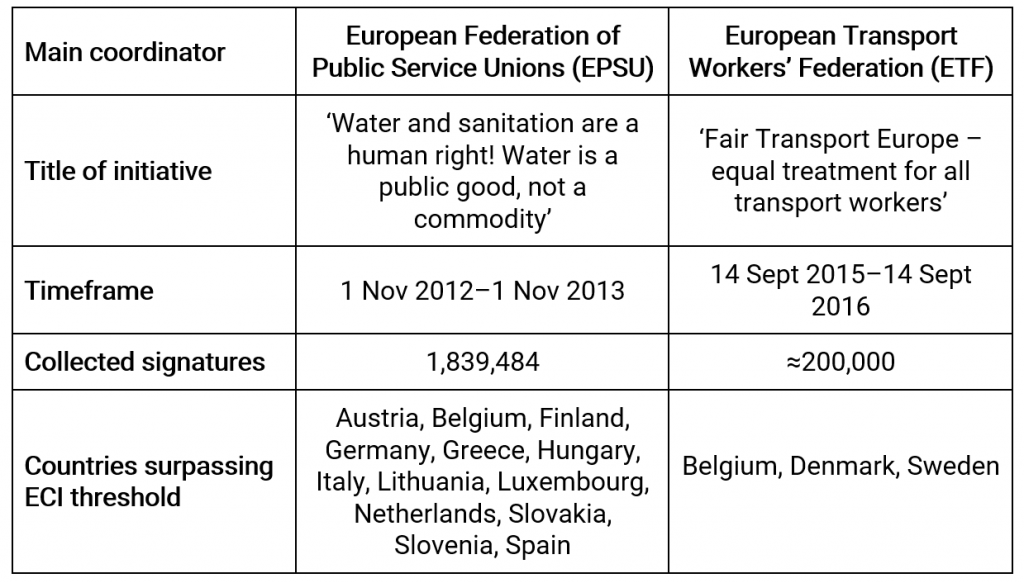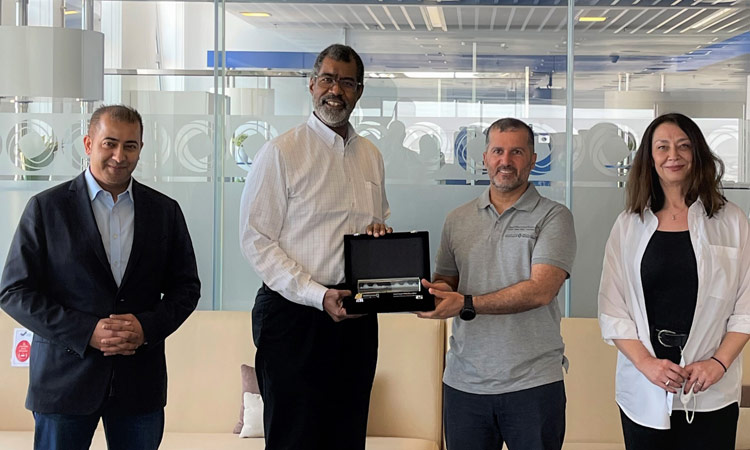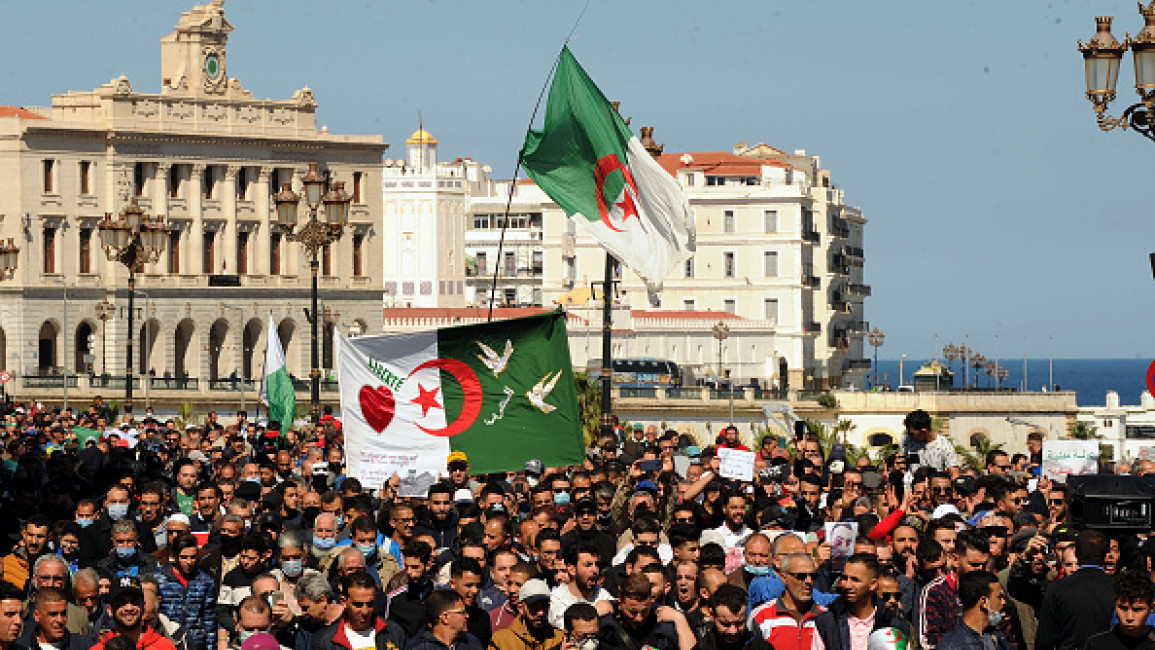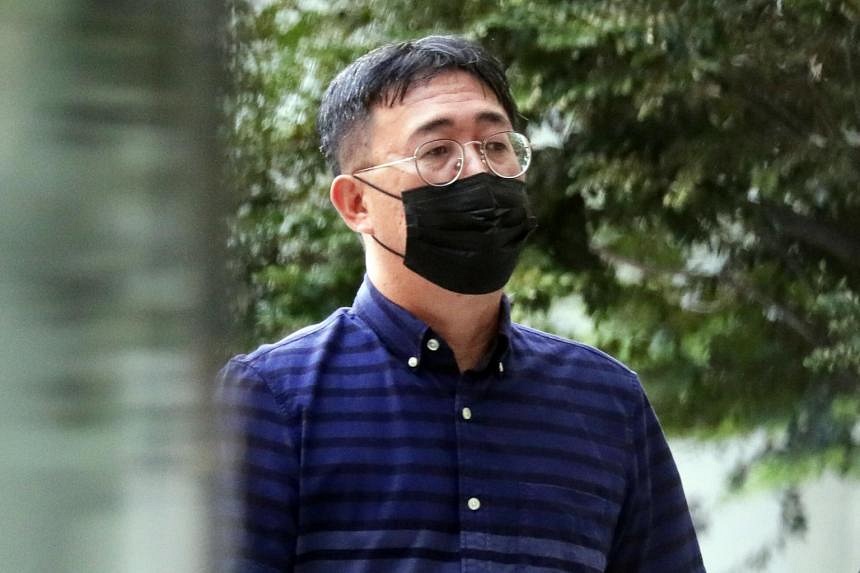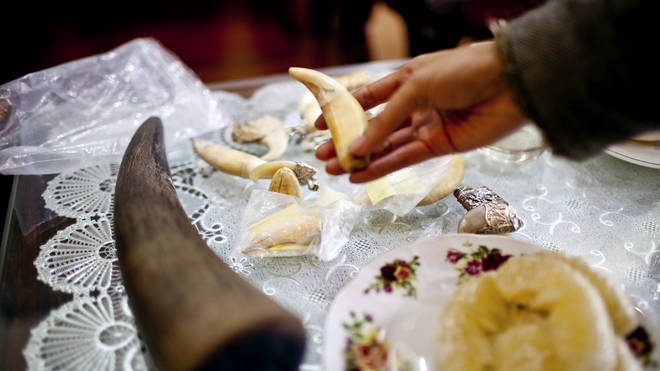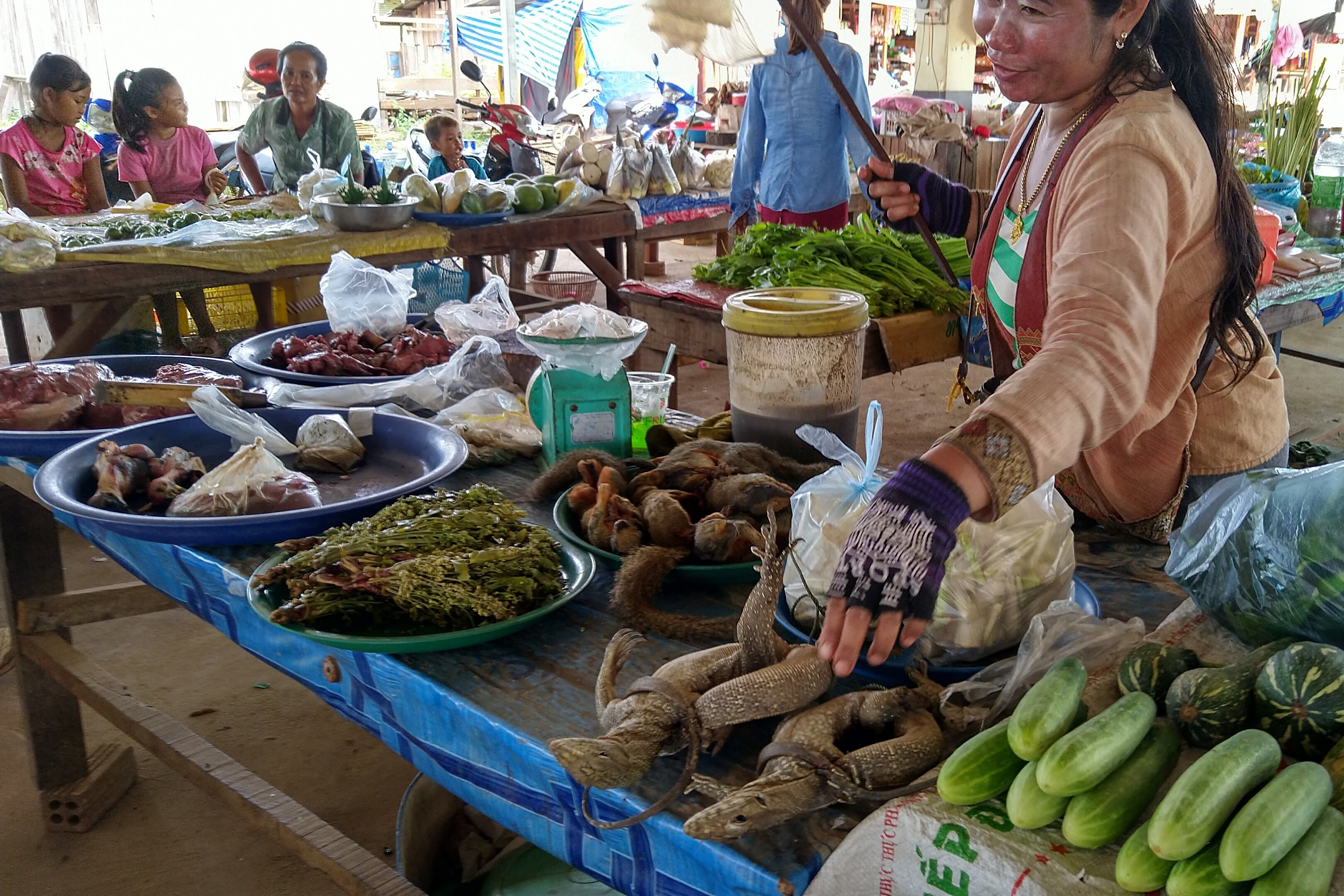UK: Sacked P&O workers lose jobs in rout organised by trade unions and Labour Party
Almost 800 workers fired on the spot last month by P&O Ferries have suffered a devastating defeat.
When P&O sacked them on March 17, it gave the workers just two weeks to accept an “enhanced” redundancy package. By 5pm Thursday, 786 workers had taken the offer. According to the Guardian, just one out of the entire sacked workforce had not joined the redundancy process.
Under the leadership of the Rail, Maritime and Transport union (RMT), Nautilus and the Labour Party, nothing else could have been expected.
A spokesperson for the Nautilus International union commented, “What we’re really after now is systemic change so this can never happen again.”
Who are they kidding? It can’t happen again at P&O because they have just sacked their entire seafaring workforce and employed a replacement crew on a fraction of their wage. Irish Ferries carried out the same operation with the collaboration of the trade union bureaucracy in 2005, and also haven’t had to do anything “again”.
This is not the failure of a campaign to defend jobs; it is proof that no such campaign was ever mounted.
· On March 17, in a military-style operation planned in cahoots with the Conservative government, P&O sacked its entire seafaring workforce after calling the ships back to UK ports. The company informed crews on board via a three-minute Zoom call. P&O paid balaclava-wearing, handcuff-trained thugs to board the ships to remove staff.
· A scab workforce on standby at the ports then manned the ships, paid according to various reports, anything from £1.82 to £5.15 an hour maximum.
The trade union bureaucracy told the sacked workers to stay silent lest they endanger their final redundancy payment. Therefore, as the unions and Labour MPs organised a series of token protests at affected ports nationwide, there were vanishingly few sacked P&O worker in attendance.
The entire campaign waged by the unions since March 17 was based on bankrupt pleas to P&O and the Conservative government.
They asked P&O to at least consult with them over redundancies, with the RMT pointing to its record of collaboration that had enabled the company to achieve 1,100 redundancies as recently as 2020 as the COVID pandemic raged.
Their appeal to the government to step in and force P&O to retreat was centred on a nationalist, pro-capitalist appeal to “Save Britain’s Ferries” and the UK’s maritime industry.
Never once did the unions seek to mobilise a single worker in industrial action in Britain and internationally in defence of the sacked 800. What could have been achieved was underscored by dockers in the Netherlands who on March 25, in solidarity with the sacked 800, refused to load freight onto a P&O ferry set for the UK.
The union’s instead called on the Conservative government to take legal action against P&O’s owners for having broken employment law. It soon transpired that aside from not giving the trade unions the required 45 days’ notice to impose mass redundancies, and not informing the Secretary of State involved, the company had done everything according to laws that are written entirely for the benefit of corporations.
P&O are able to pay seafarers starvation wages because it is agreed by the International Transports Workers Federation (ITF) and International Labour Organization that workers only need to receive the minimum wage in their country of origin—as low as $1.99 (£1.51) an hour for an 8-hour shift. The RMT and Nautilus are affiliated to the ITF.
The RMT’s demand was for the UK’s minimum wage (just £9.50 for a worker aged 23 and over) to be paid to crews on all ferries working in and out of British ports, though they downplayed this demand later because it would mean an average 60 percent wage cut for the sacked workers.
In the end, the unions have not even secured an enforceable legal minimum wage for crews. Neither is any legal action being taken against P&O by the government. A representative of Nautilus complained that Tory promises had proved to be “hot-air.” But this describes the trade unions more than the government. The Tories did what Tories do—defend the corporations at the expense of the workers.
P&O parent company DP World plays a central role in the Tories’ post-Brexit agenda of driving down the pay, terms and conditions of workers so that British capitalism can compete internationally. The government handed DP World contracts to run two of its freeport zones, including Thames Freeport, the largest in the UK. DP World has decades of experience in overseeing free trade zones from which companies can reap mega-profits from the grinding exploitation of a low-cost workforce.
For the last two weeks, the government has been engaged in political theatrics with P&O CEO Peter Hebblethwaite, with Transport Secretary Grant Shapps initially demanding he resign. Shapps then asked Hebblethwaite to “offer” the workers their jobs back on existing salaries and was met with P&O insisting that it required a low-cost and completely flexible workforce to compete against its rivals.
Shapps said this week that the issue of Hebblethwaite breaking the law was now in the hands of the Insolvency Service. At the eleventh hour on Thursday, Shapps issued a worthless nine-point plan, which his department said would include bringing forward “new legislation to ban ferries that don’t pay their workers the National Minimum Wage (NMW) from docking at British ports.”
But for now the government was asking “ports to refuse entry to ferries not paying workers the NMW.”
Even before the plan was announced, on Wednesday the ports charged with enforcing the plan had already described it as “unworkable”. Chief executive of the British Ports Association, Richard Ballantyne, said, “This will place ports in a difficult legal predicament, especially before any legislation is in place… we would suggest that ports are not the competent authorities to enforce rules on employee salaries or working conditions in the shipping industry.”
As the Guardian reported, “an industry source said ports have a duty to be open to any legal vessel with legal cargo, and that advice from shipping lawyers made it very clear that ‘it’s not possible [to enforce minimum wage rules], even if we wanted the powers’.”
If anything, P&O has achieved more than it could have hoped for. According to an article published yesterday by the right-wing GB News, “Around 30 staff axed by P&O Ferries have been rehired,” including engineers, captains and deck hands, to train “the new influx of £1.82-an-hour workers brought in to the replace the 800.”
GB News reported a “P&O insider” saying, “The axed staff who have been rehired have been given one-year contracts. So that clearly means, ‘After that you’re out on your ear’.”
The final gasps of hot air from the unions came in Wednesday’s statement from RMT’s Press Office once again urging the government to “save the UK seafarer from oblivion.”
RMT General Secretary Mick Lynch declared, “Despite all the bluster, Grant Shapps has failed to grasp the opportunity to adequately stand up to the banditry behaviour of P&O.” After complaining that Prime Minister Boris Johnson, no less, “has failed to keep his word”, Lynch once against pledged the RMT to “keep pressing the government to ensure justice for our members.”
Workers must draw the necessary lessons from this debacle. From the beginning, the WSWS warned workers that the RMT’s alliance with the UK government would lead the P&O Ferries fight into a dead end. The unions are anti-working-class organisations, which function as industrial police for the corporations. They defend nothing and will fight for nothing. Workers must now turn to building new rank-and-file organisations of struggle and their own political party, the Socialist Equality Party.





